Donggul Maeuntang (동굴매운탕)
15.6Km 67 2021-03-26
26-2, Gangnam-ro, Andong-si, Gyeongsangbuk-do
+82-54-859-3369
The spicy freshwater maeuntang is famous. This restaurant's signature menu is spicy fish stew. This Korean dishes restaurant is located in Andong-si, Gyeongsangbuk-do.
Wonjo Minnul Jangeo (원조민물장어)
15.7Km 45 2021-03-24
215, Gwangmyeong-ro, Andong-si, Gyeongsangbuk-do
+82-54-843-1092
It is a place that uses only eels in the rivers of Korea. This restaurant's signature menu is grilled eel. This Korean dishes restaurant is located in Andong-si, Gyeongsangbuk-do.
Nami Gopchang Jeongol (남이곱창전골)
15.7Km 108 2021-03-26
50-11, Bulmugol 1-gil, Andong-si, Gyeongsangbuk-do
+82-54-858-3242
A place where you can enjoy various gopchang (tripe) dishes. The best menu at this restaurant is beef small intestine hot pot/pork small intestine hot pot. This Korean dishes restaurant is located in Andong-si, Gyeongsangbuk-do.
Museo de Soju y Comida Tradicional de Andong (안동소주·전통음식 박물관)
15.8Km 3239 2021-12-28
Gangnam-ro 71-1, Andong-si, Gyeongsangbuk-do.
En el Museo del Soju se exponen las etapas de producción del licor tradicional de Andong, la historia, el desarrollo, la variedad de los licores tradicionales y aquellos licores designados como patrimonio cultural intangible, entre otros materiales y registros relacionados. También podrá conocer los utensilios, los diferentes tipos de botellas por época, las tazas y copas de los licores, y hasta se representan en imágenes tridimensionales los eventos y ceremonias que se realizaban acompañados con algún licor.
Por su parte, en el Museo de Comida Tradicional, están en exposición una variedad de platos tradicionales y comidas que se acompañaban en la mesa junto al licor. Galletas, dulces y pastas, de diferentes formas y colores, preparados con varios ingredientes, aquellos que se sirven en las bodas, en los ritos ancestrales, etc.
Jukheon Traditional House[Korea Quality] / 죽헌고택 [한국관광 품질인증]
15.9Km 513 2020-12-10
24, Taejangjukheon-gil, Seohu-myeon, Andong-si, Gyeongsangbuk-do
+82-10-5217-2174
Located near Bongjeongsa Temple in Andong, Gyeongbuk, the Historic House of Jukheon (Gyeongsangbuk-do Folk Cultural Heritage No. 146) was built in 1886 by renowned independence fighter Kim Ga-jin (1846-1922) and sold to Yi Hyeon-chan (courtesy name: Jukheon) in 1890. The house is now used as the shrine (Jaesa) of his family. It would be a great cultural experience for anybody to welcome the rising sun at a historic building such as this.
Meeting the sunrise from this historical heritage is sure to be the highlight of one’s trip. The house follows the square layout characteristic to the late Joseon period houses. The house itself is surrounded by old pine trees that add to the charm of the house.
Jukheon Traditional House has four Korean traditional rooms, namely the 2-person Jukheon Gallery, Study, Elisabeth Room and the 4-person Jukheon Dongnong Room. The house demonstrates the traditional beauty of Korean houses like the wooden platform hall built upon the stone foundations, screens, and roofs with exposed beam. The screens open to the view of the stone fence and the mountains far away. Elizabeth Room was constructed to commemorate the visit of Her Majesty Queen Elizabeth II of United Kingdom to UNESCO World Heritage site Bongjeongsa Temple in 1999. ‘Queen Elizabeth Road’ stretches from the Jukheon Traditional House to the Bongjeongsa Temple, allowing the guests to trace Her Majesty’s visit with their own steps. A mill with a thatched roof, located to the side of the complex, allows the guests to experience the traditional stepping mill. The pillar of the mill building is adorned with flags from all over the world, testifying to the many international visitors who have stayed at the house. Guests can also enjoy a free breakfast of toast, coffee, and other simple fare on the open hall of the building.
Byeolcheongung (별천궁)
15.9Km 51 2021-03-30
141, Bongjeongsa-gil, Andong-si, Gyeongsangbuk-do
+82-54-857-4168
It is a restaurant with a hanok interior. This restaurant's signature menu is set menu with grilled salted mackerel. This Korean dishes restaurant is located in Andong-si, Gyeongsangbuk-do.
Hongbuyong Hansik (홍부용한식)
16.0Km 101 2021-03-22
18-2, Taehwa, 10-gil, Andong-si, Gyeongsangbuk-do
+82-54-853-1650
A store selected as model restaurant by the Andong city government. This restaurant's signature menu is bulgogi hot pot. This Korean dishes restaurant is located in Andong-si, Gyeongsangbuk-do.
An dong gotak Esanru [Korea Quality] / 안동고택 이상루 [한국관광 품질인증]
16.0Km 14593 2020-09-10
3193-6, Pungsantaesa-ro Seohu-myeon, Andong-si, Gyeongsangbuk-do
+82-54-843-3328 / +82-10-3522-1542
'Andong City in Gyeongsangbuk-do Province is a town of culture and folk traditions where one can trace the long history of eminent families. It is also a symbol of time-honored tradition to the extent that the name Andong reminds people of traditional Korean hanok houses. Isangru, an ancient hanok house with a history of 2,590 years, located in the foothills of Mt. Cheondeungsan, served as a venue for the memorial rite for Kim Seon-pyeong, the progenitor of the Andong Kim clan and a meritorious government official during the reign of King Taejo of the Goryeo Dynasty. Isangru, meaning ‘a tall majestic building built on frosty ground’, is a two-story wooden building with a tiled roof characterized by elegant curves that form a half-hipped shape when viewed from the side. The house consists of two accommodations, Taejangtaesa and Isangru, arranged in a ‘ㅁ’ shape. The large door located in the middle of the ground floor offers an open view of the beautiful natural environment including a pine grove, a pond, and wild flowers. Built in 1750, this hanok house shows its age in its wooden pillars, stone walls, and interiors decorated with wooden engraving on the handrail. Guests can stay in a room heated with wood in winter, or in a tent for a different experience in summer. The house has been well maintained with various repair works, and underwent extensive renovations, including the wallpaper and floors, in 2013. Although it is close to a road, the house is surrounded by old trees, creating the impression that it is situated in the middle of a dense forest. A path runs between ancient pine trees on the road leading to the house. There is a pond with water lilies and white lotus flowers in front of the house, while various species of wild flowers including big blue lily turf, plantain lily, montane aster, and asters come into full bloom around the house in their respective seasons. Fully maintained by the Andong Kim clan, Isangru is a large structure that can accommodate many people and is used to hold clan assemblies. This tall building is also used as a venue for concerts, seminars and traditional hands-on experience programs for students, including tea ceremony, masked dance, natural dyeing, hanji (Korean paper) crafts, and filial duty education programs. The house also offers guests a traditional nobleman’s dining table including various wild vegetable dishes for breakfast. Isangru is popular among Korean and foreign guests who want to experience traditional Korean culture or enjoy a relaxing stay with their parents amid beautiful nature. In addition, it is located between Hahoe Folk Village and Dosanseowon Confucian Academy in Andong, and offers easy access to other nearby tourist attractions including Bongjeongsa Temple, which is the oldest wooden building in Korea and is just three minutes’ drive away, and the two-hour-long Dulegil Trail.
Yeongam Haejangguk (영남해장국)
16.2Km 22 2021-03-24
76, Taehwajungang-ro, Andong-si, Gyeongsangbuk-do
+82-54-841-8885
The tender lean meat and broth are excellent. This restaurant's signature menu is pork back-bone hangover soup. This Korean dishes restaurant is located in Andong-si, Gyeongsangbuk-do.
Templo Bongjeongsa (봉정사) [Patrimonio de la Humanidad de la Unesco]
16.2Km 3007 2023-05-23
Bongjeongsa-gil 222, Seohu-myeon, Andong-si, Gyeongsangbuk-do.
Edificado en el 12º año del reinado de Munmu de Silla, es una de las construcciones de madera más antigua del país. La zona en donde se encuentra ubicada el templo posee un ambiente natural puro, es decir, la condición ideal para proteger la salud. Además, a diferencia de otros templos que se van remodelando y adaptan un estilo más contemporáneo, el templo Bongjeongsa sigue conservando la tradición budista de la antigüedad en lo alto de la montaña. Este templo fue fundado por el monje Neungin en el año 672, durante el reino de Silla.
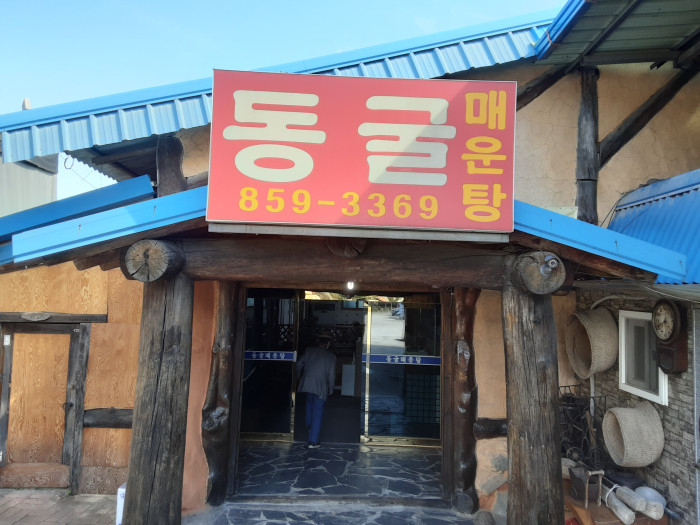
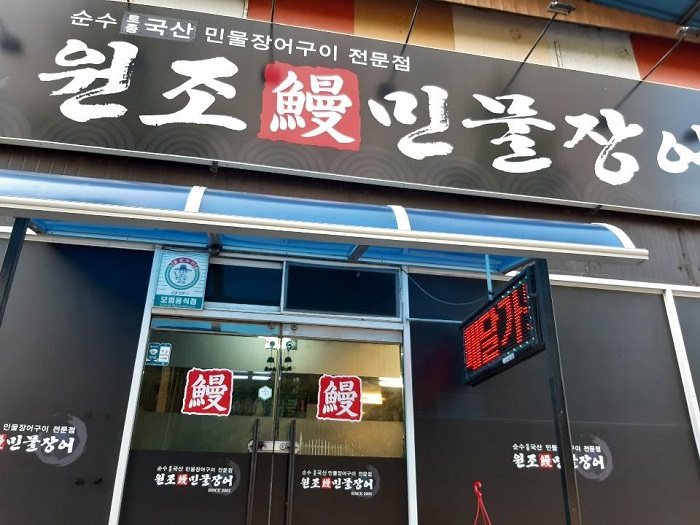
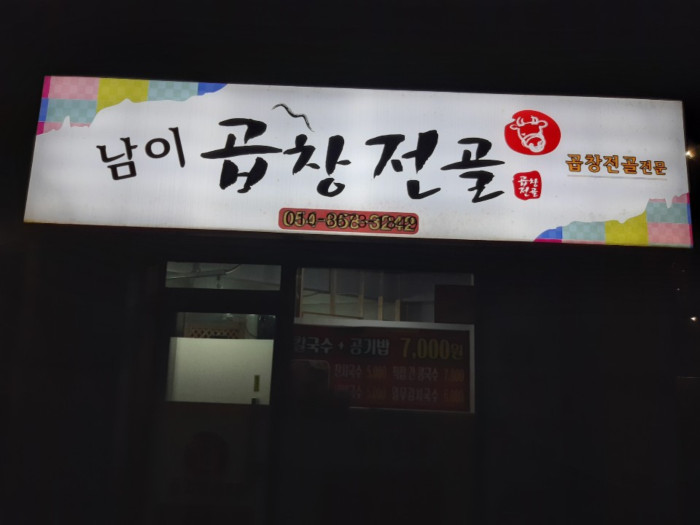
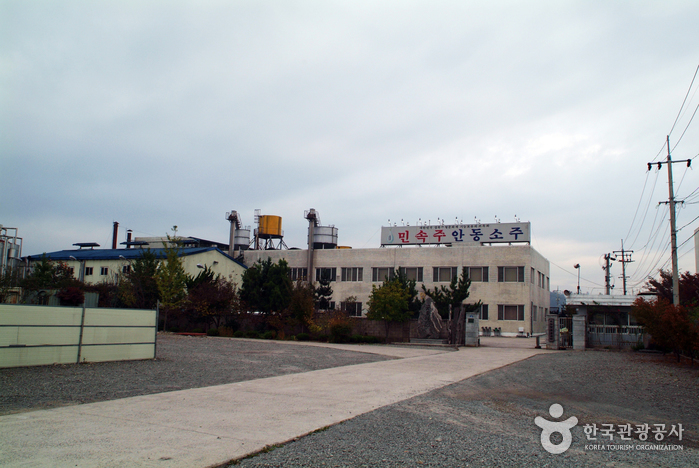
![Jukheon Traditional House[Korea Quality] / 죽헌고택 [한국관광 품질인증]](http://tong.visitkorea.or.kr/cms/resource/78/2636178_image2_1.jpeg)
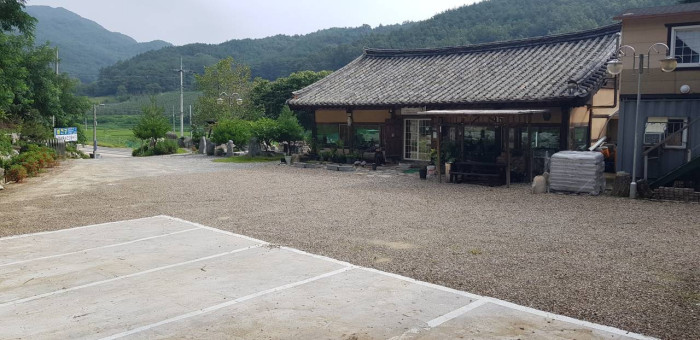
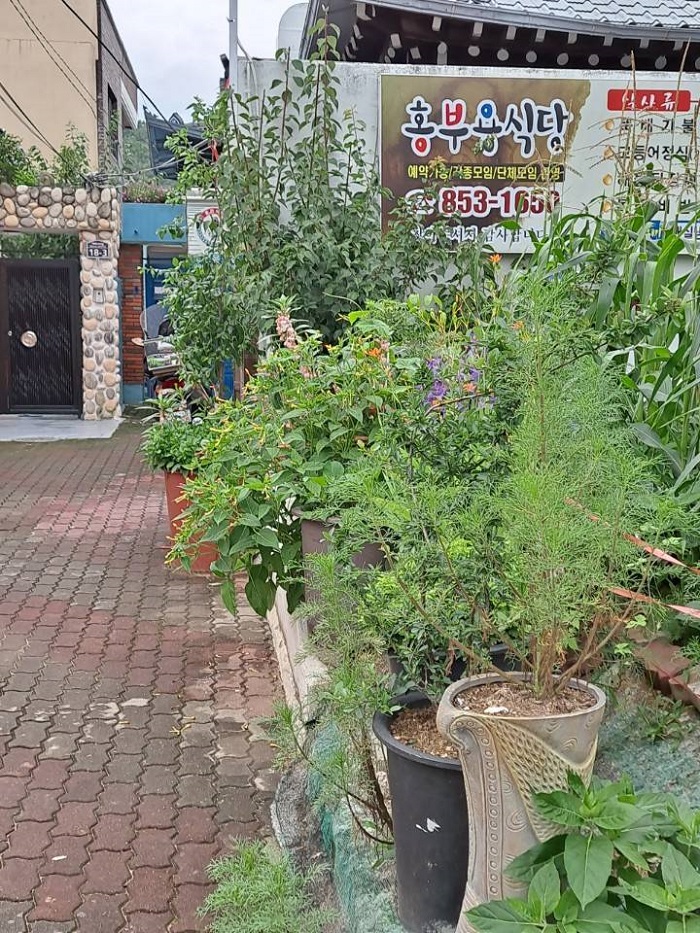
![An dong gotak Esanru [Korea Quality] / 안동고택 이상루 [한국관광 품질인증]](http://tong.visitkorea.or.kr/cms/resource/65/2579465_image2_1.jpg)
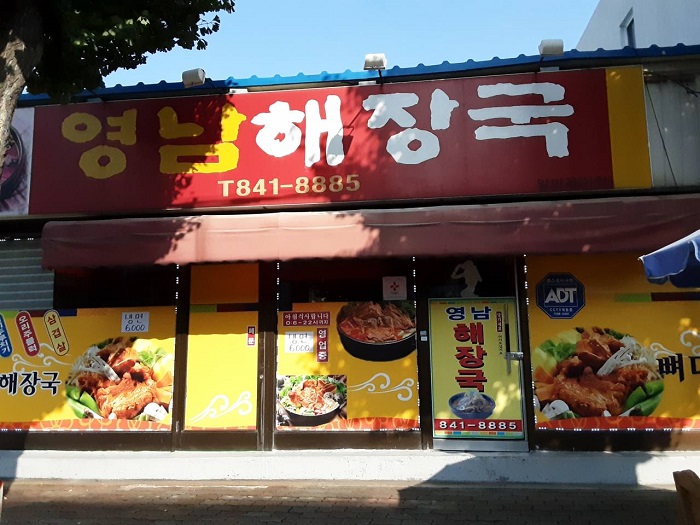
![Templo Bongjeongsa (봉정사) [Patrimonio de la Humanidad de la Unesco]](http://tong.visitkorea.or.kr/cms/resource/16/2654216_image2_1.jpg)
 Español
Español
 한국어
한국어 English
English 日本語
日本語 中文(简体)
中文(简体) Deutsch
Deutsch Français
Français Русский
Русский